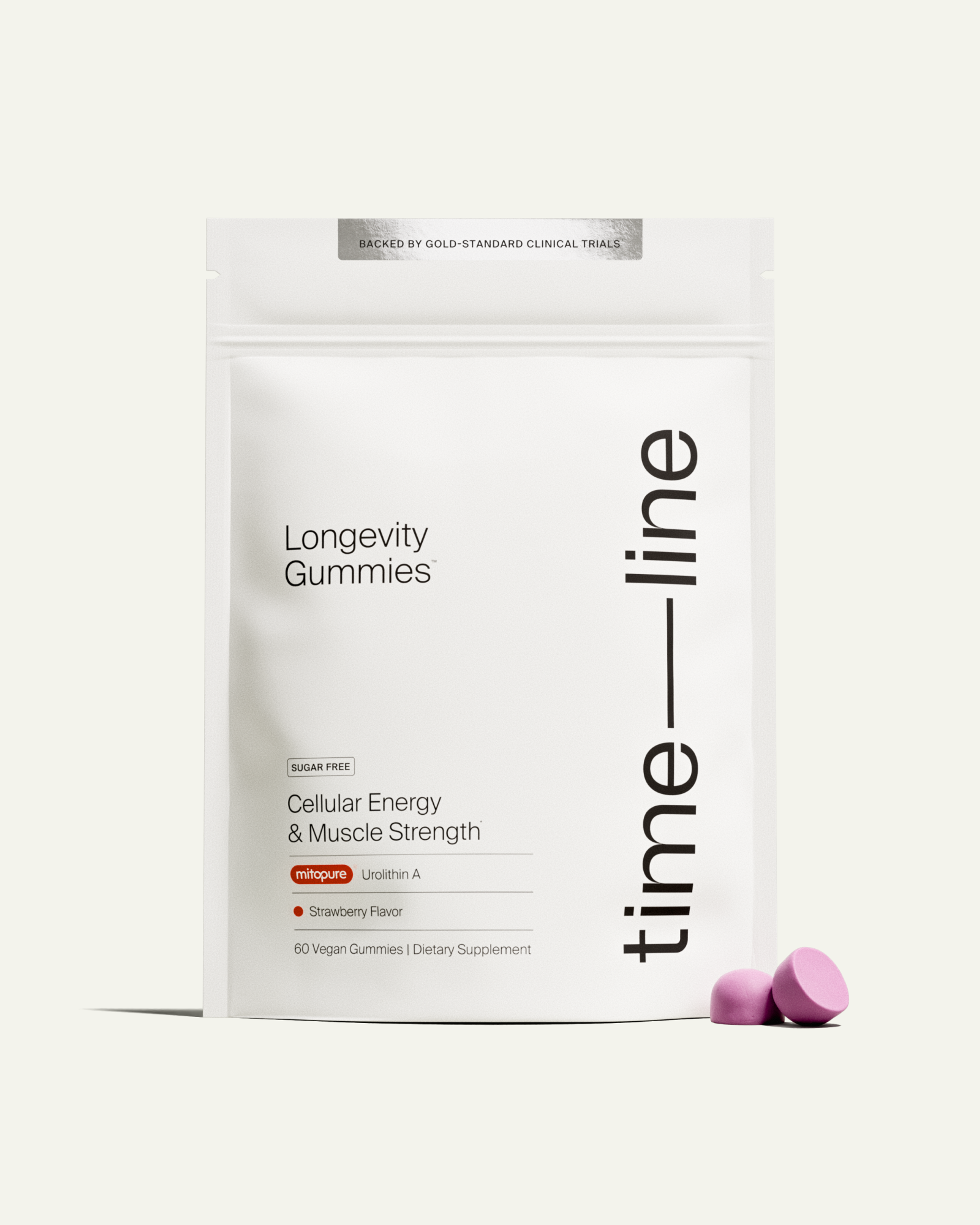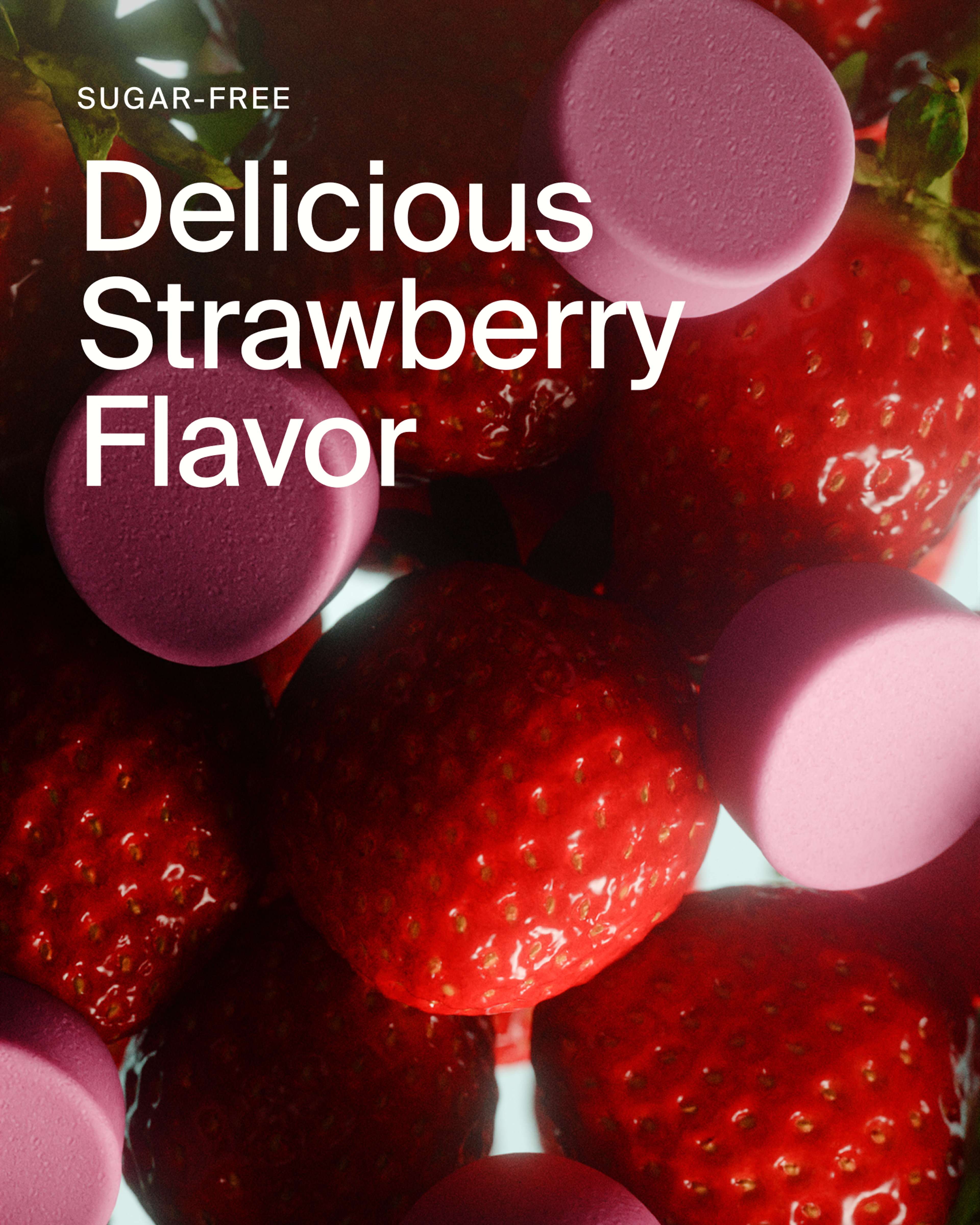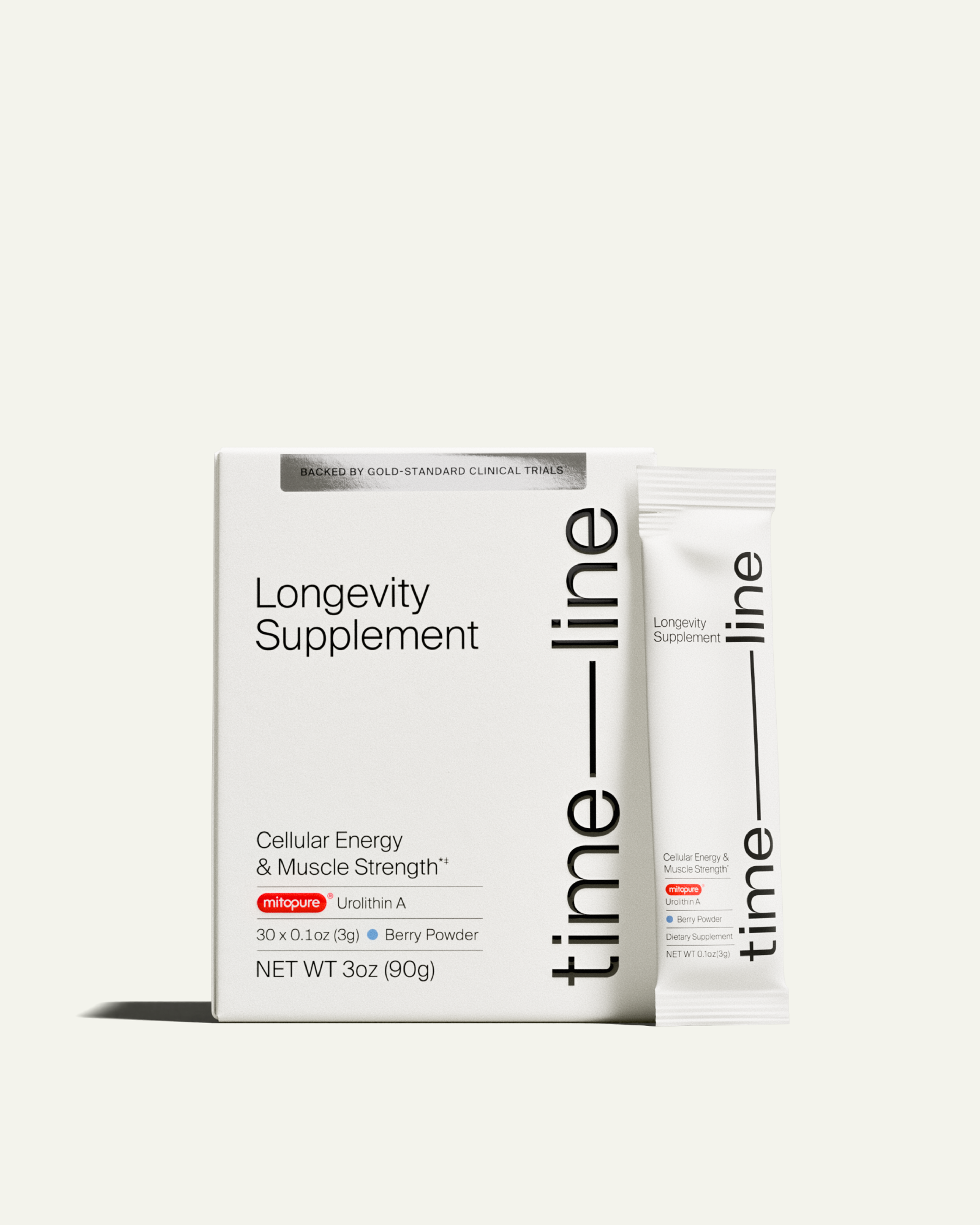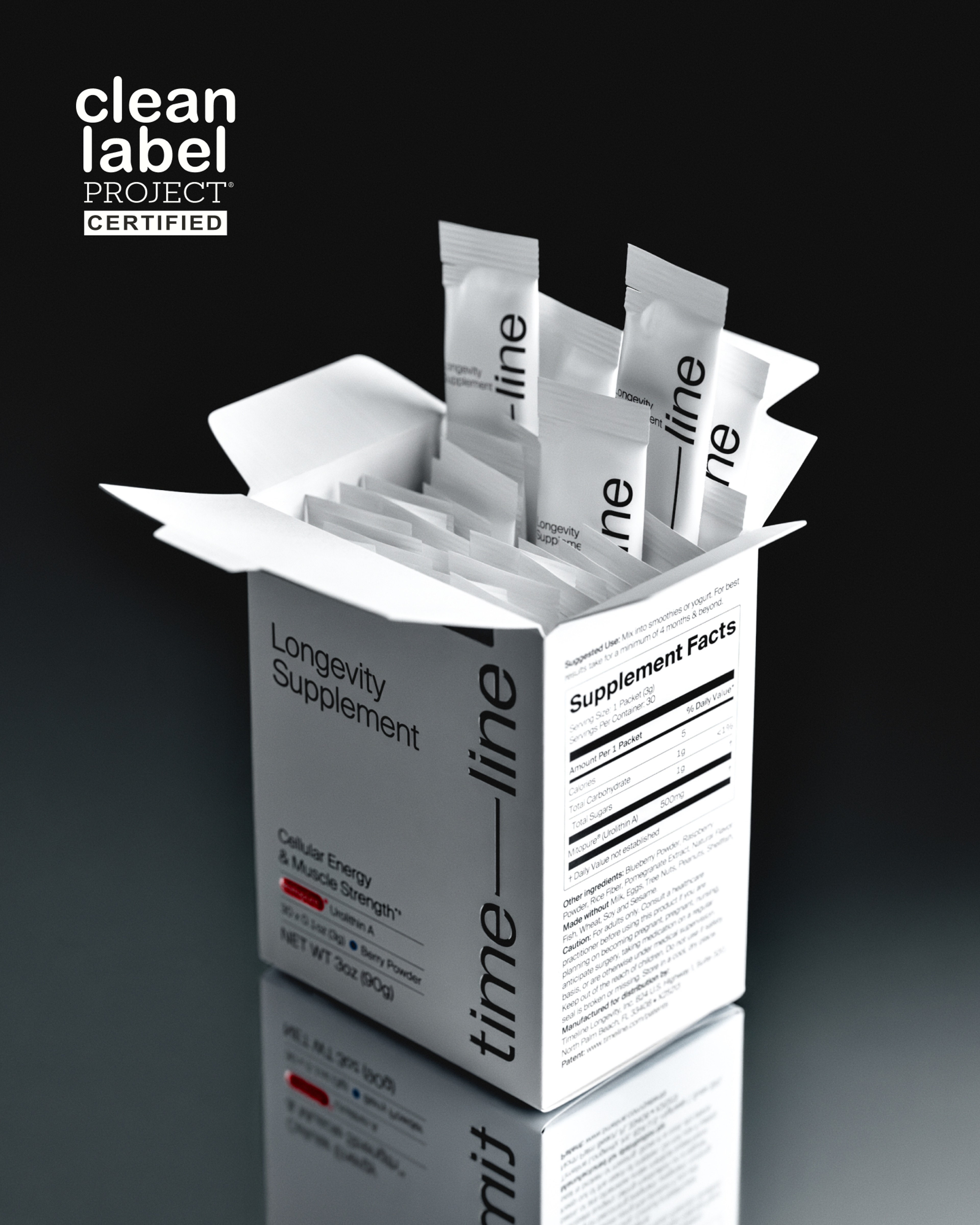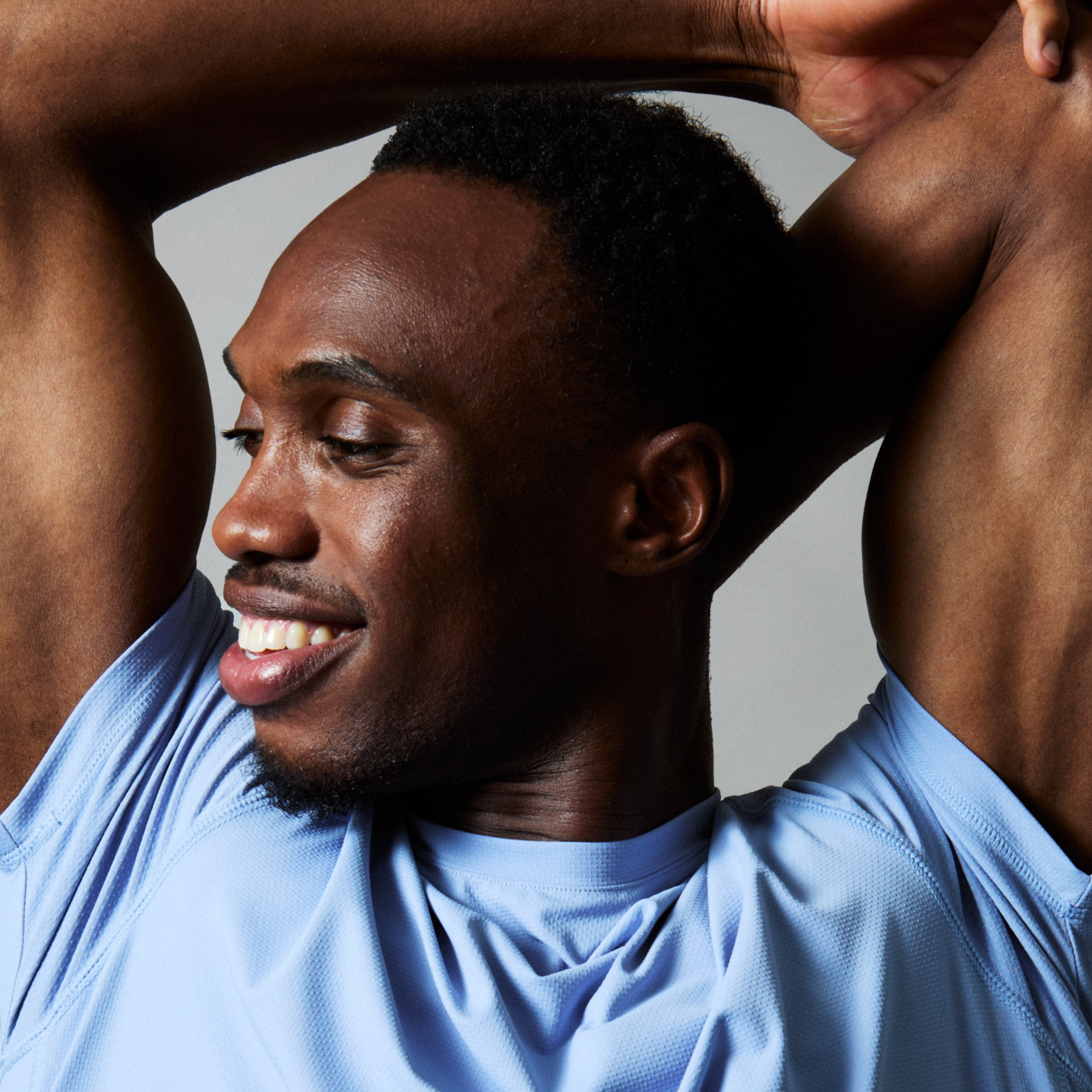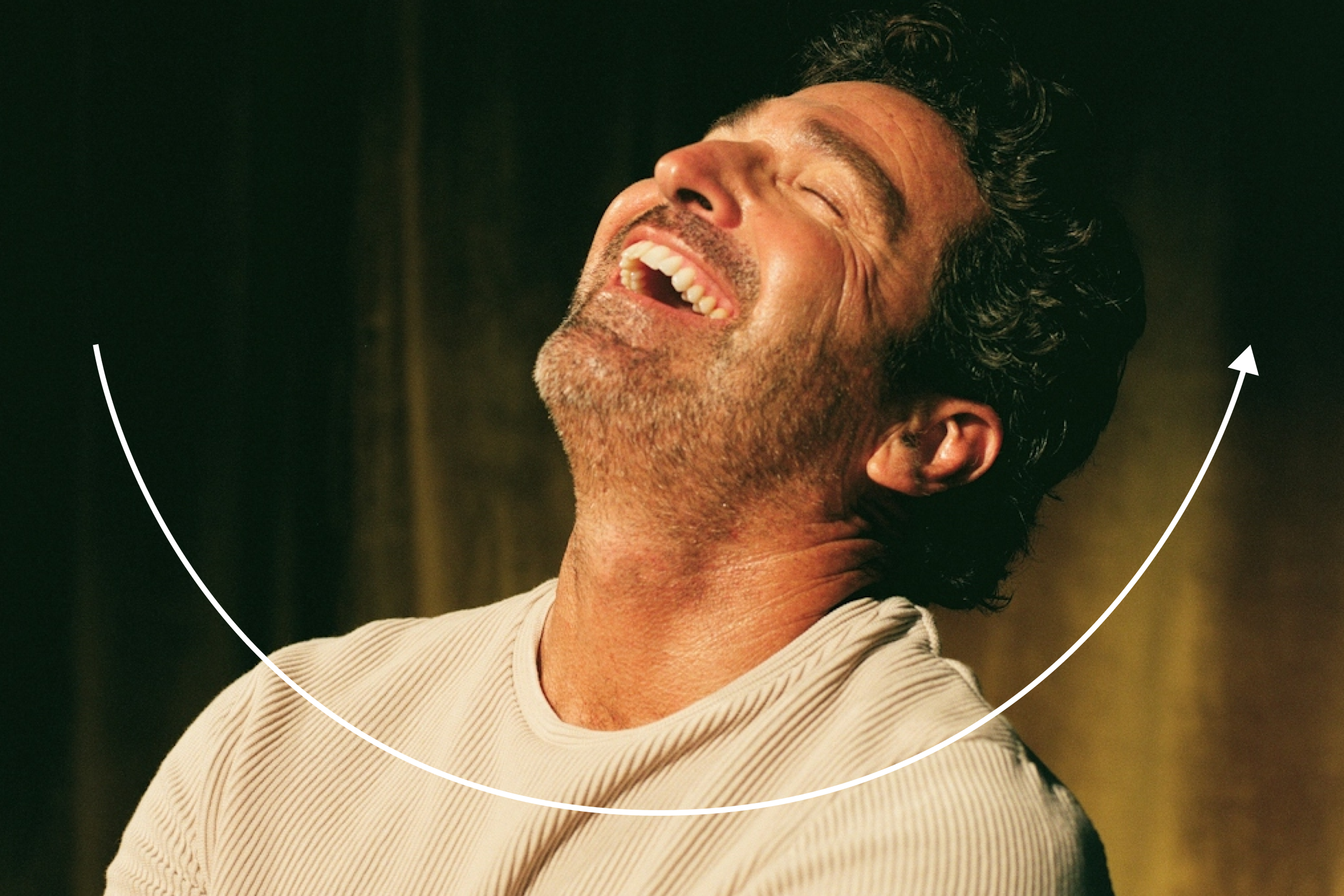Exercising for Longevity: Top 10 Healthy Summer Activities
Explore the full spectrum of exercising for longevity from pickleball for to outdoor yoga. Discover how these 10 activities promote longevity.
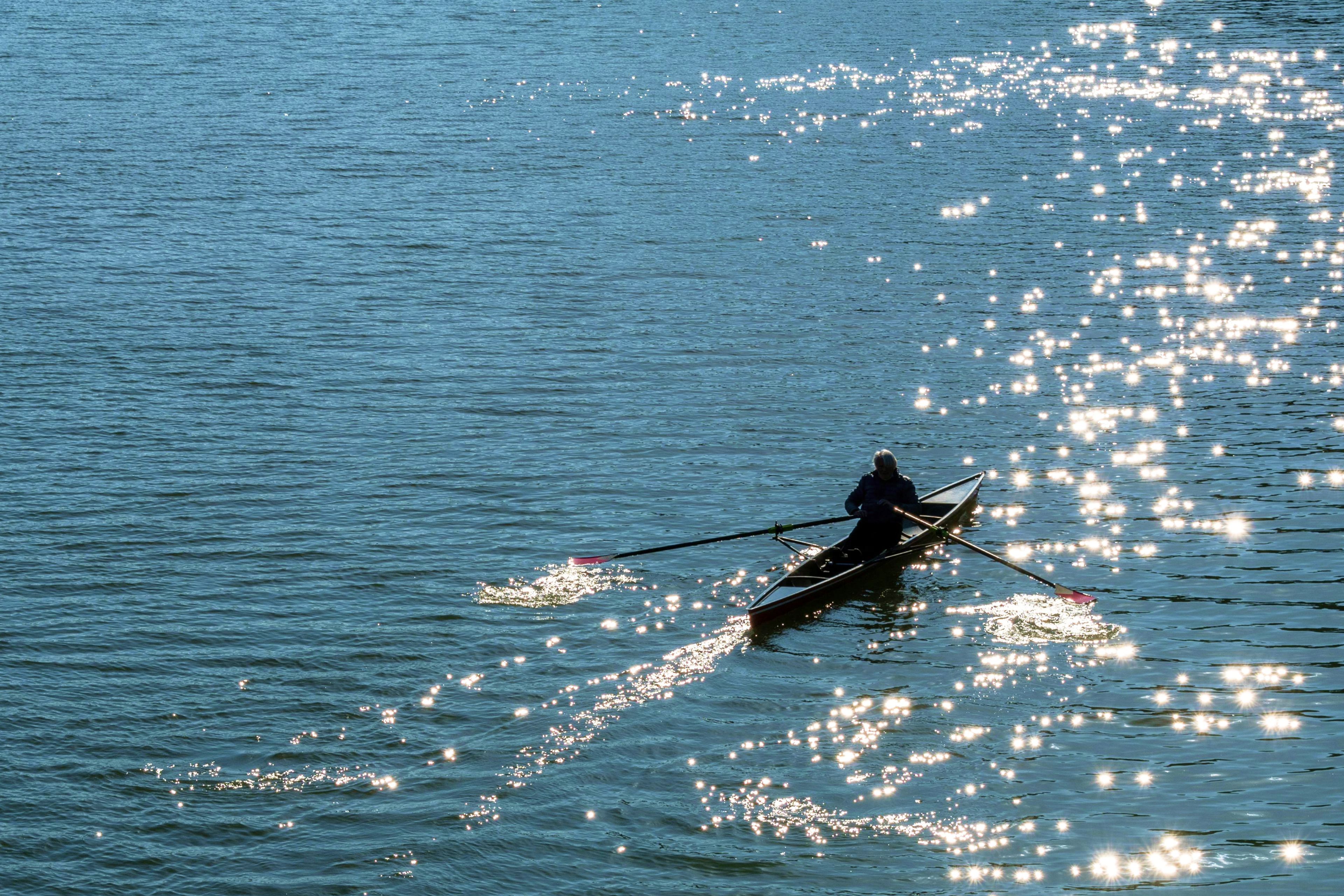
What to know
Summer activities are a great way to get outside and break the norm of gym workouts.
Science suggests that outside activities can promote both physical and mental health benefits.
Several summertime activites foster social connections and a connection with nature.
Incorporating supplements such as Mitopure can help you support your health and your activity levels by increasing muscle strength and endurance.
Who says fitness needs to be confined to the gym? Summer offers the perfect chance to step outside and engage in activities that go beyond traditional exercise. The warm weather and longer days provide the ideal environment to explore new activities that can enhance your overall quality of life. From boosting your physical health to nurturing your mental and emotional well-being, outdoor summer activities present a holistic approach to fitness and longevity.
A word about fitness and longevity
Regular physical activity is key to longevity, requiring a balance of both strength and endurance-boosting exercise. Strength training maintains muscle mass, while endurance activities like running and cycling enhance cardiovascular health and stamina.
Both forms of exercise support the health of our mitochondria, the center of cellular energy production and a key player in health and longevty.
Ready to get outside and get moving? Read on as we explore the top summer activities that combine fun with fitness, supporting your overall well-being and longevity:
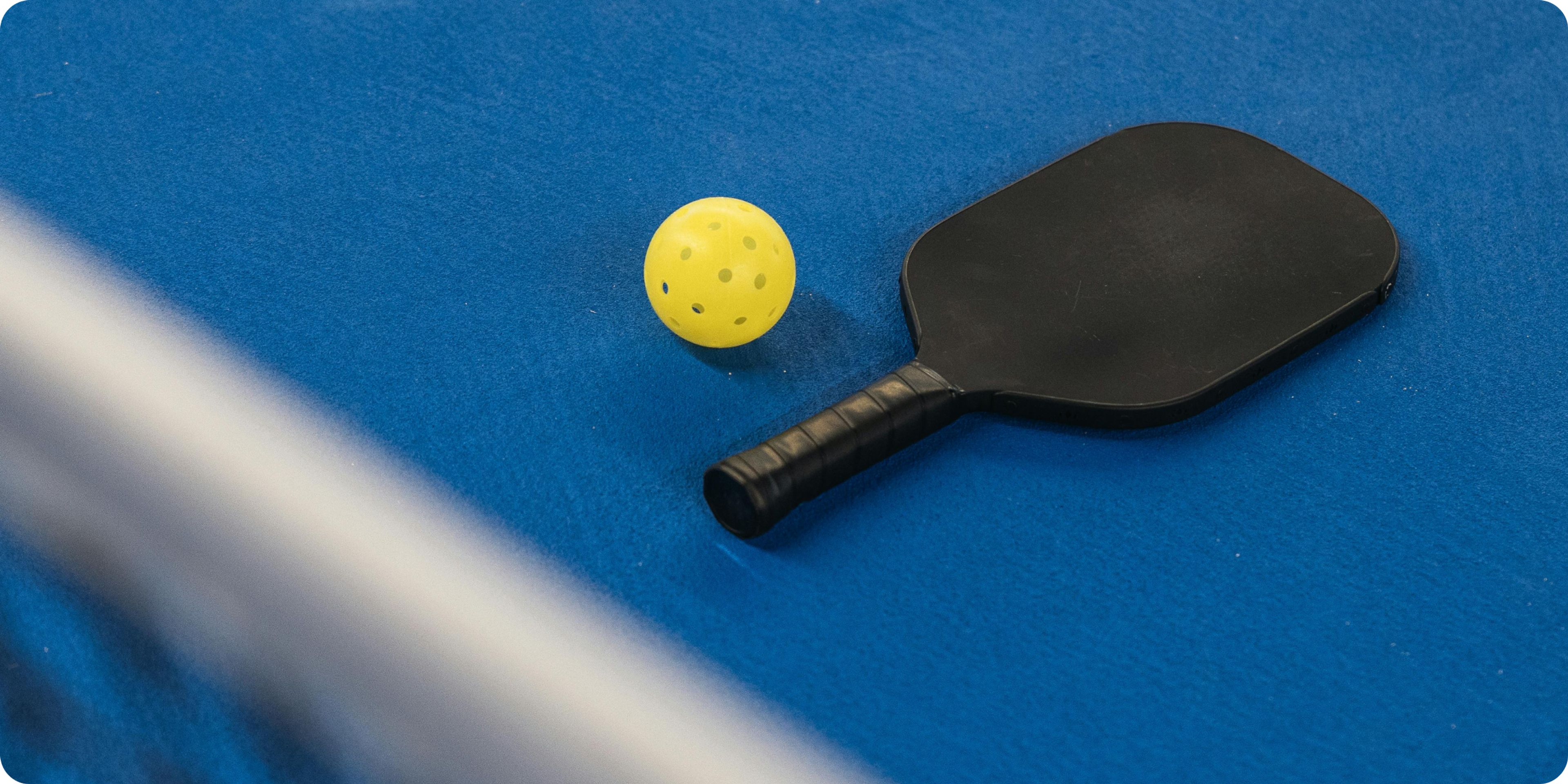
1. Pickleball: An Enjoyable Form of Cardio
Pickleball is the fastest-growing sport in the U.S., blending elements of tennis, badminton, and ping-pong into a fun and engaging game. It's easy to learn and encourages social interactions, making it a favorite among many people.
Pickleball can be considered a HIIT (high-intensity interval training) workout based on the “start-stop” nature of how the game is played. Offering a flexible cardiovascular workout, pickleball helps improve metabolic health and burn calories. This increases heart rate and enhances endurance making it a great option when exercising for longevity.[1]
Beyond its physical benefits, regular pickleball participation can also improve cognitive performance, coordination, balance, and agility. Many individuals report increased life satisfaction and a decrease in self-reported pain.[2]
Racket sports are actually more effective than typical exercises at reducing cardiovascular risk. If you're looking for a racket sport you can play alone, consider squash.[3]
2. Hiking: Connecting with Nature for Physical and Mental Well-being
Hiking is a cost-effective, enjoyable activity that not only encourages movement but also immerses you in nature, which offers profound health benefits. Studies demonstrate that hiking has both immediate and long-term benefits.[4]
- Immediate benefits: reduced blood pressure, decreased stress, and enhanced immune function.
- Long-term benefits: weight loss, mitigates depression and supports overall wellness.
Hiking and walking are also glucose-disposal signals, meaning that the carbohydrates you consume are used as fuel rather than stored as body fat, reinforcing the benefits of exercising for longevity.

3. Swimming: A Full-Body Workout
This low-impact, full-body workout engages nearly every muscle group while minimizing weight-bearing stress. With its low injury risk, this exercise is perfect not only for older adults and people with conditions like arthritis or excess weight but also for anyone who wants a safe and effective way to stay fit. [5]
Here are a few surprising benefits of swimming.
- Improves Insulin Sensitivity: Compared to walking, swimming has been shown to lower insulin levels and improve glucose metabolism in older women.[6]
- Alleviates Joint Pain: The buoyancy of water reduces stress on joints, offering comparable advantages to cycling for individuals with osteoarthritis. This also assists with bone mass and bone density.[7]
- Improves Sleep Quality: Water exercises can promote better sleep quality and relaxation, especially in older adults.
This comprehensive approach to wellness aligns with the principles of exercising for longevity.
4. Cycling: Build Endurance and Muscle Mass without Strain
Cycling is a versatile and enjoyable activity that can be enjoyed both indoors and outdoors. And, it offers the flexibility to be as gentle or as vigorous as you desire, making it suitable for all fitness levels.
A five-year study involving over 260,000 participants found that those who cycled for their entire commute experienced a 40% lower risk of premature death, heart disease, and cancer compared to non-cyclists. Regions with high cycling rates even saw a 39% reduction in all-cause mortality and lower obesity rates.[8]
5. Gardening: Cultivating Wellness and Longevity
You may not consider gardening physical activity, but according to the CDC, gardening is considered moderate-level physical activity, and one could burn up to 330 calories per hour.[9]
More impressively, gardening can reduce depression, anxiety, and body mass index while enhancing life satisfaction, quality of life, and sense of community. [10]Additionally, home gardeners focused on biodiversity conservation experienced environmental, psychological, and social benefits, including reduced stress, improved mood, and increased self-esteem.[11]
This common method of exercising for longevity is also a great way to get outdoors and soak up vitamin D from the sun, and growing your own fruits and vegetables can also lead to a healthier diet.
Research suggests that involving children in gardening can help improve the quality of their diet, making this a perfect family activity. [12]
For those living in city settings, community gardens can be a great way to take advantage of this summertime activity.
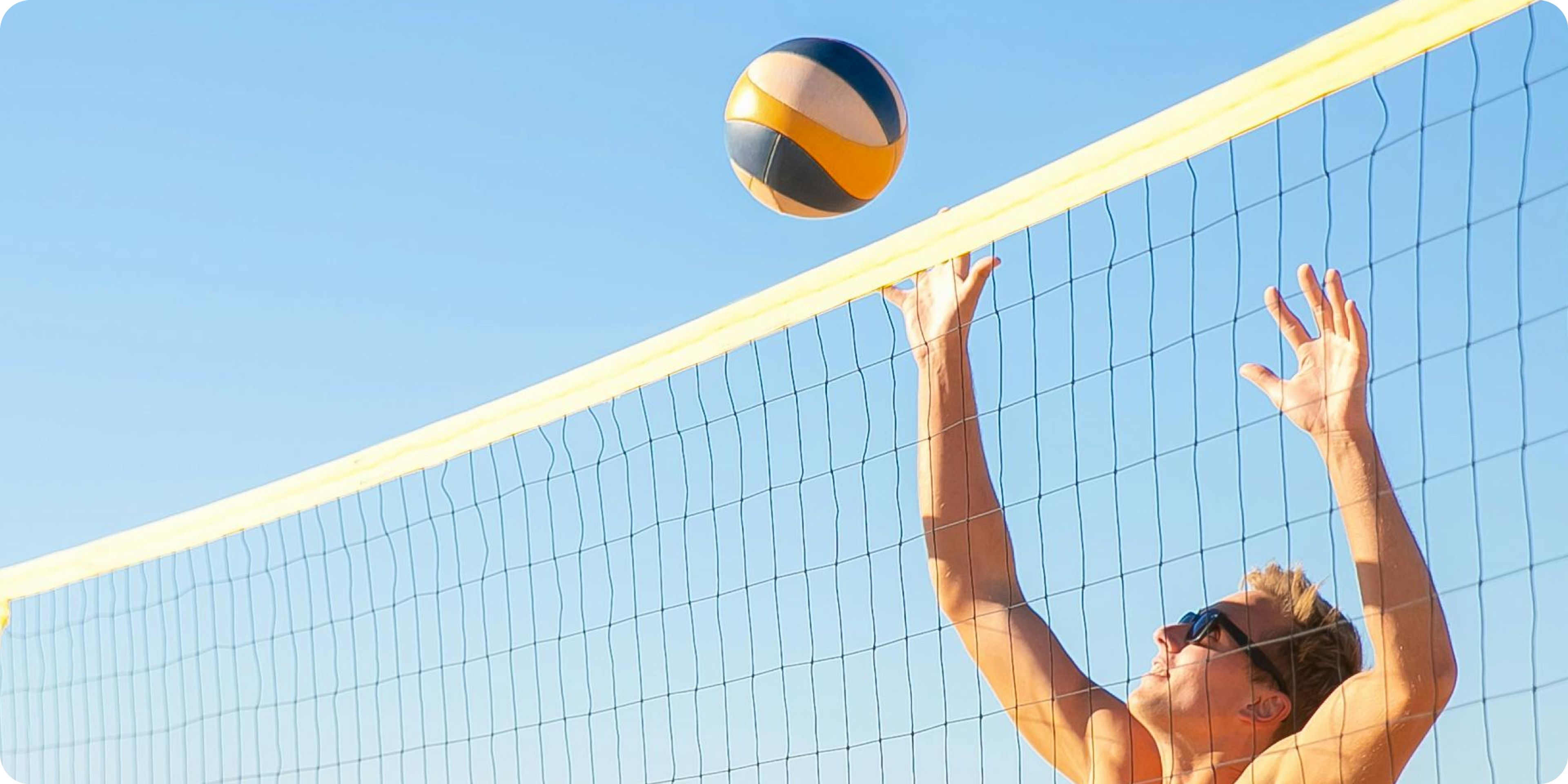
6. Beach Volleyball: A Social Sport for Enhancing Agility and Heart Health
Playing beach volleyball requires quick movements, coordination, and agility, which helps improve overall physical fitness and mobility. It is a dynamic activity that engages multiple muscle groups in the body.
Beach volleyball also provides unique health benefits linked to grounding. Research into grounding, or earthing, has revealed that direct contact with the Earth's surface—such as walking or playing on sand—may positively impact inflammation, immune responses, and overall well-being.[13]
The social nature of beach volleyball can also reduce stress, increase happiness, and promote longevity.
Don’t live near a beach? No problem. Look for local parks with volleyball nets and start a game.
7. Kayaking: A Peaceful Exercise to Increase Upper Body Strength
Paddling a kayak engages the upper body, including the deltoids, biceps, triceps, back muscles, forearms, shoulders, and core muscles, helping to build strength and endurance. Studies have shown that kayakers tend to have a higher bone mineral density in their upper bodies compared to non-kayakers,[𝑛] and kayaking was shown to have shown to improve quality of life and symptoms of mental health.
Kayaking allows you to connect with nature, explore waterways, and enjoy the serenity of the outdoors.
8. Outdoor Yoga: Strengthening Body and Mind in the Sun
Research comparing yoga to conventional exercise has revealed that yoga can be as, or more effective, in improving various health outcomes.[14] This is supported by studies showing that yoga reduces anxiety and improves mental health through a holistic approach, including:
- Posture-holding or asana
- Breathing or pranayama
- Meditation or Sahaj
Exercising for longevity with yoga has also been linked to increased brain wave activity, greater gray matter density, and heightened activation in brain regions such as the amygdala and frontal cortex, which are associated with stress regulation and emotional processing.[15]
By doing yoga outside, you can enjoy the sun on your skin, the fresh air in your lungs, and the sounds of nature, making it an immersive experience.
9. Tai Chi: Meditation and Controlled Breathing
Tai Chi, a gentle form of martial arts originating in China, combines meditation and controlled breathing to promote overall well-being. Through its meditative aspects, Tai Chi reduces stress, improves mental clarity, and cultivates a sense of inner peace.
Science has linked Tai Chi with various health benefits, including reduced inflammation, improved cardiovascular function, and enhanced mindfulness, making it a valuable addition to a holistic approach to exercising for longevity.[16]
10. Golfing: The Key to Exercising for Longevity
Due to the social aspects of golf, many longevity experts believe golf is one of the best methods of exercising for longevity.[17]
Spending several hours on the course not only enhances cardiovascular, metabolic, and musculoskeletal health but also provides a social environment that fosters interpersonal bonding and reduces stress. [18]Read more about the importance of social connections in Blue Zones!
Activities Require Energy
Sedentary lifestyles can lead to a vicious cycle of low energy and reduced physical activity. However, there are meaningful ways to break this cycle and incorporate regular exercise for a longer life.
Overall Energy Starts With Cellular Energy
As we become more sedentary, so do our mitochondria. These powerhouses start to take on more damage and lose functionality, resulting in less efficient energy production and, eventually, impaired physical function.
This can make it difficult to get back into the game of active living and exercising for longevity.
The Magic of Mitochondrial Mitophagy
Mitophagy is a critical cellular process where the body eliminates damaged mitochondria, ensuring that only the healthy ones remain. This natural cleansing mechanism is essential for maintaining optimal mitochondrial function, reducing oxidative stress, and sustaining overall energy levels.
Practices such as intermittent fasting, cold baths, and supplementation with Urolithin A can help promote effective mitophagy.

How Does Mitopure® Promote Energy and Muscle Health?
When it comes to promoting mitophagy and elevating energy levels, Urolithin A is a stand-out compound. Unfortunately, most people cannot naturally produce Urolithin A, or are liekley not getting enough through their diet.[19]
As a highly absorbable and pure form of Urolithin A, Mitopure solves this issue. Gold-standard clinical studies reveal that Mitopure can significantly improve physical health without increasing exercise. Specifically, Mitopure can:
- Enhance muscle strength by up to 12% after just 16 weeks.[20]
- Improve muscle endurance by up to 17% within 8 weeks.[21]
By incorporating Mitopure into your routine, you can effectively elevate your cellular energy, break free from the cycle of sedentarism, and gain the momentum needed to stay active and healthy!
Authors

Freelance writer

Reviewed by
Director Science Communications
References
- ↑
Ryu, J., Yang, H., Kim, A., Kim, K., & Heo, J. (2018). Understanding pickleball as a new leisure pursuit among older adults. Educational Gerontology, 44, 128 - 138. https://doi.org/10.1080/03601277.2018.1424507.
- ↑
Wray, P., Ward, C., Nelson, C., Sulzer, S., Dakin, C., Thompson, B., Vierimaa, M., Gupta, D., & Bolton, D. (2021). Pickleball for Inactive Mid-Life and Older Adults in Rural Utah: A Feasibility Study. International Journal of Environmental Research and Public Health, 18. https://doi.org/10.3390/ijerph18168374.
- ↑
Watts, E. L., Matthews, C. E., Freeman, J. R., Gorzelitz, J. S., Hong, H. G., Liao, L. M., McClain, K. M., Saint-Maurice, P. F., Shiroma, E. J., & Moore, S. C. (2022). Association of Leisure Time Physical Activity Types and Risks of All-Cause, Cardiovascular, and Cancer Mortality Among Older Adults. JAMA network open, 5(8), e2228510. https://doi.org/10.1001/jamanetworkopen.2022.28510
- ↑
Mitten, D., Overholt, J., Haynes, F., D'amore, C., & Ady, J. (2018). Hiking. American Journal of Lifestyle Medicine, 12, 302 - 310. https://doi.org/10.1177/1559827616658229.
- ↑
Grigoreva, I., Volkova, E., & Fomina, U. (2022). THE HEALTH EFFECT OF SWIMMING. Materials of the National Scientific and Practical Conference "Current issues and prospects for the development of modern science". https://doi.org/10.34220/cipdms2022_100-104.
- ↑
Cox, K. L., Burke, V., Beilin, L. J., & Puddey, I. B. (2010). A comparison of the effects of swimming and walking on body weight, fat distribution, lipids, glucose, and insulin in older women--the Sedentary Women Exercise Adherence Trial 2. Metabolism: clinical and experimental, 59(11), 1562–1573. https://doi.org/10.1016/j.metabol.2010.02.001
- ↑
Alkatan, M., Baker, J., Machin, D., Park, W., Akkari, A., Pasha, E., & Tanaka, H. (2016). Improved Function and Reduced Pain after Swimming and Cycling Training in Patients with Osteoarthritis. The Journal of Rheumatology, 43, 666 - 672. https://doi.org/10.3899/jrheum.151110.
- ↑
Celis-Morales, C. A., Lyall, D. M., Welsh, P., Anderson, J., Steell, L., Guo, Y., Maldonado, R., Mackay, D. F., Pell, J. P., Sattar, N., & Gill, J. M. R. (2017, April 19). Association between active commuting and incident cardiovascular disease, cancer, and mortality: Prospective cohort study. The BMJ. https://www.bmj.com/content/357/bmj.j1456
Bauman, A., & Rissel, C. (2009). Cycling and health: an opportunity for positive change?. Medical Journal of Australia, 190. https://doi.org/10.5694/J.1326-5377.2009.TB02443.X. - ↑
"Physical Activity and Your Weight and Health." Centers for Disease Control and Prevention, 27 Dec. 2023, www.cdc.gov/healthy-weight-growth/physical-activity/index.html (https://www.google.com/url?q=http://www.cdc.gov/healthy-weight-growth/physical-activity/index.html&sa=D&source=docs&ust=1722868114296028&usg=AOvVaw3ZmObLWBzOMPmbOHHkz1UK).
- ↑
Soga, M., Gaston, K., & Yamaura, Y. (2016). Gardening is beneficial for health: A meta-analysis. Preventive Medicine Reports, 5, 92 - 99. https://doi.org/10.1016/j.pmedr.2016.11.007.
- ↑
Raymond, C., Diduck, A., Buijs, A., Boerchers, M., & Moquin, R. (2018). Exploring the co-benefits (and costs) of home gardening for biodiversity conservation. Local Environment, 24, 258 - 273. https://doi.org/10.1080/13549839.2018.1561657.
- ↑
Schreinemachers, P., Baliki, G., Shrestha, R., Bhattarai, D., Gautam, I., Ghimire, P., Subedi, B., & Brück, T. (2020). Nudging children toward healthier food choices: An experiment combining school and home gardens. Global Food Security, 26. https://doi.org/10.1016/j.gfs.2020.100454 (https://www.google.com/url?q=https://doi.org/10.1016/j.gfs.2020.100454&sa=D&source=docs&ust=1722868114297303&usg=AOvVaw0xVWCnprtuynFQp_lTgvlM).
- ↑
Oschman, J. L., Chevalier, G., & Brown, R. (2015). The effects of grounding (earthing) on inflammation, the immune response, wound healing, and prevention and treatment of chronic inflammatory and autoimmune diseases. Journal of inflammation research, 8, 83–96. https://doi.org/10.2147/JIR.S69656
- ↑
Ross, A., & Thomas, S. (2010). The health benefits of yoga and exercise: a review of comparison studies.. Journal of alternative and complementary medicine, 16 1, 3-12 . https://doi.org/10.1089/acm.2009.0044.
- ↑
Desai, R., Tailor, A., & Bhatt, T. (2015). Effects of yoga on brain waves and structural activation: A review.. Complementary therapies in clinical practice, 21 2, 112-8 .
- ↑
Huston, P., & Mcfarlane, B. (2016). Health benefits of tai chi: What is the evidence?. Canadian family physician Medecin de famille canadien, 62 11, 881-890 .
- ↑
Murray, A., Daines, L., Archibald, D., Hawkes, R., Grant, L., & Mutrie, N. (2016). The relationship and effects of golf on physical and mental health: a scoping review protocol. British Journal of Sports Medicine, 50, 647 - 650. https://doi.org/10.1136/bjsports-2015-095914.
- ↑
Murray, A., Daines, L., Archibald, D., Hawkes, R., Grant, L., & Mutrie, N. (2016). The relationship and effects of golf on physical and mental health: a scoping review protocol. British Journal of Sports Medicine, 50, 647 - 650. https://doi.org/10.1136/bjsports-2015-095914.
- ↑
Singh, A., D’Amico, D., Andreux, P.A. et al. Direct supplementation with Urolithin A overcomes limitations of dietary exposure and gut microbiome variability in healthy adults to achieve consistent levels across the population. Eur J Clin Nutr 76, 297–308 (2022). https://doi.org/10.1038/s41430-021-00950-1
- ↑
Urolithin a improves muscle strength, exercise performance, and biomarkers of mitochondrial health in a randomized trial in middle-aged adults: Cell reports medicine. (n.d.). https://www.cell.com/cell-reports-medicine/fulltext/S2666-3791(22)00158-6
- ↑
Sophia Liu, P. (2022, January 20). Effect of urolithin a supplementation on muscle endurance and Mitochondrial Health. JAMA Network Open. https://jamanetwork.com/journals/jamanetworkopen/fullarticle/2788244
